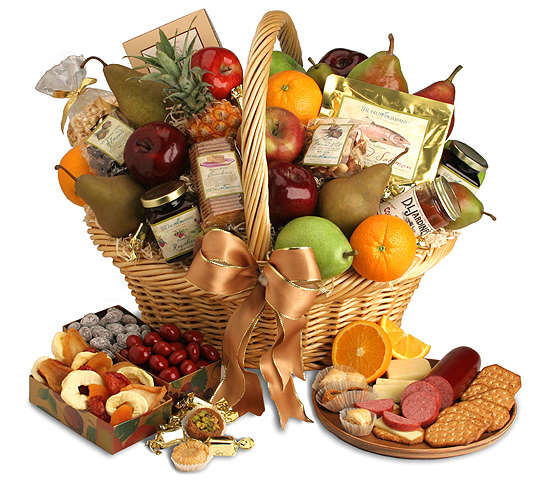Uh huh. You know as much about caviar as me. Cool! We can learn together. ☺
Like most foods that we enjoy today, caviar has ancient origins. Of course, the Persians and the Greeks enjoyed sturgeon roe. The word "caviar" comes from the Persian word "khavyar", which means "egg-bearing". And of course, Caviar was once considered a royal delicacy, i.e. food only eaten by the royals and the elites, who had wealth and status. But these days, ANYBODY can order caviar online or shop for it at their local grocery store (it's available at my local grocery stores)
FUN
FACTS FOR FOODIES:
Persians
created what we now recognize as caviar. They were the first to cure
sturgeon roe and also introduced the practice of salting the roe to
preserve it.
The Caspian Sea region (Iran, Kazakhstan,
Turkmenistan, and Azerbaijan) is known for producing some of the
finest caviar (Beluga and Kaluga caviar and other type of caviar).
Even today it is home to 90% of the world's caviar. Since this area
borders Russia, no surprise it became popular in Russia, where it was
a staple at royal feasts and banquets.
In the 19th Century, in
the USA, sturgeon was abundant in American waters, especially in the
rivers and lakes of the Midwest and East Coast. Would you believe
that caviar was often served as a free appetizer in saloons and bars?
Supposedly its salty flavor encouraged the customers to drink
alcohol. A German immigrant named Henry Schacht get credit for
making the United States a major exporter of caviar. He started a
business in 1873 exporting caviar to Europe. Would you also believe
a lot of that caviar shipped to Europe is then re-imported to the
U.S. labeled as "Russian caviar"? (Unfreaking
believable!)
At any rate, high demand resulted in an
environmental impact: overfishing caused sturgeon numbers dwindled,
the price of caviar skyrocketed, and it's back to being a luxury item
again.
To help meet the demand AND preserve wild sturgeon
populations, alternative sources of roe are being used: salmon,
lumpfish, and whitefish. In addition, caviar is produced using
sustainable aquaculture practices.
Even so, don't even dream
about caviar going back to being an available free bar snack. It is
a luxury delicacy, enjoyed by people around the world, and can be
easily purchased if you know where to shop or buy.
Caviar has
a rich history going from ancient delicacy to modern luxury food,
with ongoing efforts to balance demand with conservation.
REFERENCES:
“Caviar Origin: The History of Caviar.” Imperia Caviar, 18 Aug. 2022, https://imperiacaviar.com/blogs/blog/caviar-origin-the-history-of-caviar.
Filippone, Peggy Trowbridge. “What You Didn’t Know About The Quirky History Of Caviar.” The Spruce Eats, 4 Aug. 2006, https://www.thespruceeats.com/history-of-caviar-as-food-1807579.












